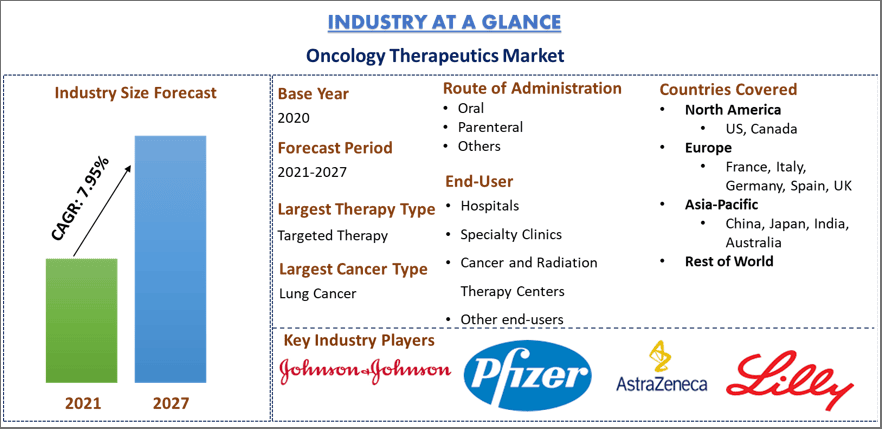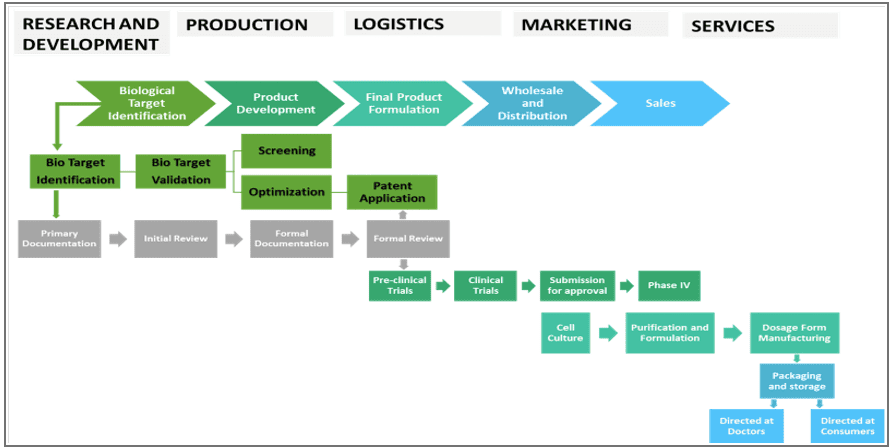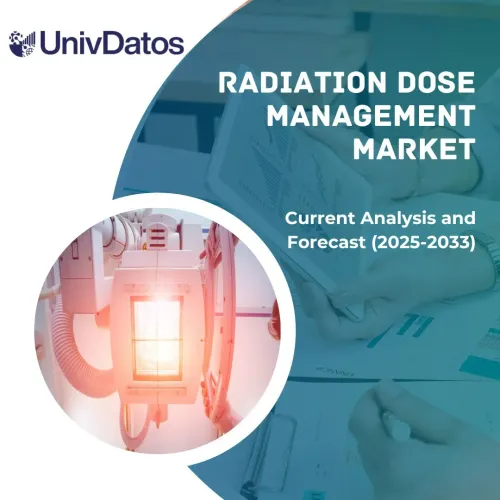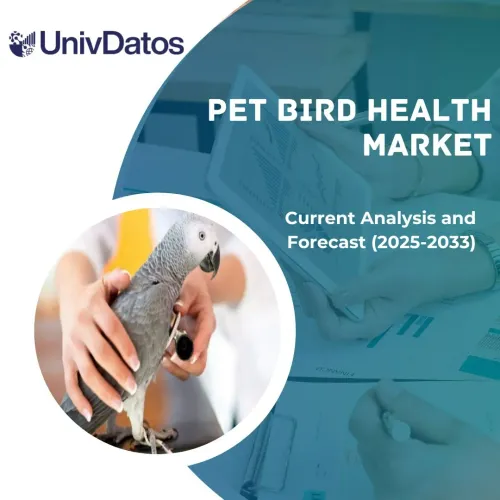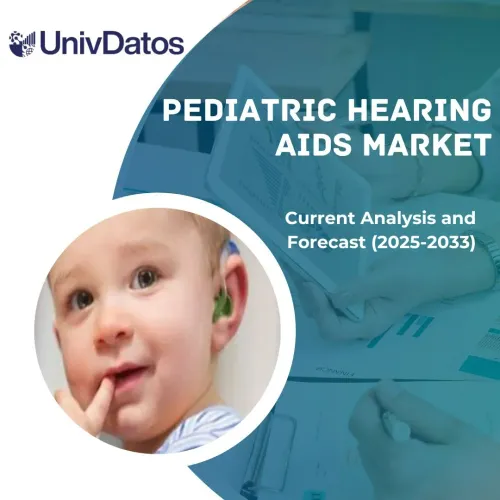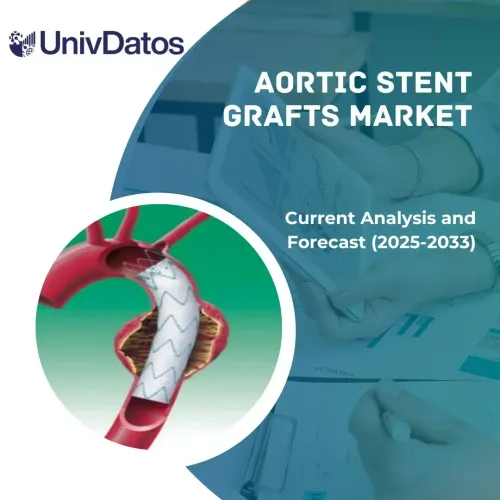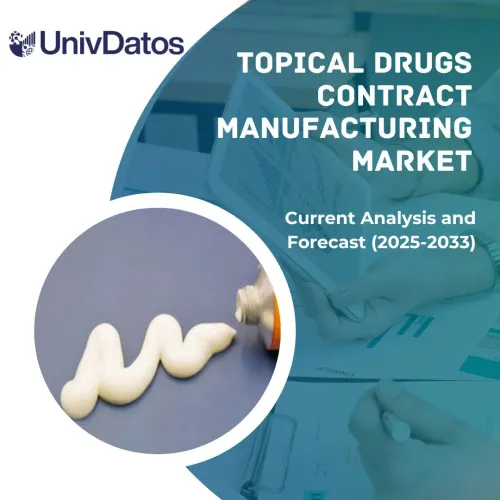- Home
- About Us
- Industry
- Services
- Reading
- Contact Us
Oncology Therapeutics Market: Current Analysis and Forecast (2021-2027)
Emphasis on Therapy Type (Chemotherapy, Targeted Therapy, Immunotherapy, Hormonal Therapy), Cancer Type (Blood Cancer, Lung Cancer, Colorectal Cancer, Prostate Cancer, Breast Cancer, Cervical Cancer, Others); Route of Administration (Oral, Parenteral, and Others); End-User (Hospitals, Specialty Clinics, Cancer and Radiation Therapy Centers); and Region & Country.
Cancer is a large group of diseases that can occur in almost any tissue or organ due to an abnormal division of cells. As per WHO, Cancer is the second leading cause of death worldwide, responsible for approximately 9.6 million deaths in 2018. The major risk factors associated with cancer are alcohol, tobacco, unhealthy diet, air pollution, and physical inactivity. Around 30-50% of cancer cases can be prevented by avoiding tobacco, having a healthy lifestyle, and adopting public health measures such as immunization against cancer-causing infections. A proper diagnosis is required for effective treatment because every cancer involves a specific treatment regimen. Treatment usually includes chemotherapy, radiotherapy, and surgery.
The demand for Oncology Therapeutics is increasing on account of the rise in initiatives taken by the Government, the high use of Oncology Therapeutics for anesthesia during surgery, the advancements in Artificial intelligence, increase in mobile-based platforms, increase in the use of wearable devices, advancements in the microprocessor technology, advancement in the photoelectric sensors, rise in the number of product launches. Moreover, the wide application of Oncology Therapeutics in various diseases such as cardiovascular disease, sickle cell anemia, and other chronic respiratory diseases also propels the market growth.
Value Chain of Oncology Therapeutics Market
Insights Presented in the Report
“Amongst Therapy Type, Targeted Therapy segment holds the major share.”
Based on Therapy Type, the market is fragmented into Chemotherapy, Targeted Therapy, Immunotherapy, and Hormonal Therapy. The Targeted Therapy segment is expected to record the highest growth in the upcoming years owing to reduced toxicity, enhanced stability of the drug, and potential to deliver multiple drugs at the targeted site. The targeted therapy is a type of cancer treatment that targets the specific cancer cells in the body and does not affect the functioning of normal healthy cells which leads to the minimum adverse effects. Small-molecule drugs and monoclonal antibodies are mainly used to target specific cancer cells. For instance, FDA in 2019, approved a small-molecule drug Gefitinib to target the Estimated Glomerular Filtration Rate in the case of Non-small Cell Lung Cancer.
“Amongst Cancer Type, Lung Cancer is anticipated to grow at the highest CAGR during the analyzed period.”
Based on Cancer Type, the market is fragmented into Blood Cancer, Lung Cancer, Colorectal Cancer, Prostate Cancer, Breast Cancer, Cervical Cancer, and Others. Lung cancer is expected to record the highest growth in the upcoming years owing to its high prevalence in both the developed as well as developing countries. According to the American Society of Clinical Oncology, lung cancer is the second most common cancer and approximately 235,760 adults (119,100 men and 116,660 women) in the United States will be diagnosed with lung cancer by the end of 2021.
Amongst Route of Administration, the Parenteral segment holds the major share”
Based on the Route of Administration, the market is fragmented into Oral, Parenteral, and Others. The parenteral segment is expected to record the highest growth in the upcoming years owing to bypassing of first-pass metabolism, quick action, and high efficacy. Moreover, the rise in FDA approvals in the recent few years for cancer chemotherapeutics also propels market growth. For instance, FDA in 2019, approved trastuzumab and hyaluronidase-oysk injection, for subcutaneous use for the treatment of human epidermal growth factor receptor 2 (HER2) overexpressing breast cancer.
Amongst End-User, the Cancer and Radiation Therapy Centers segment holds the major share”
Based on End-user, the market is fragmented into Hospitals, Specialty Clinics, Cancer and Radiation Therapy Centers. Cancer and Radiation Therapy centers are expected to dominate the market in the upcoming period owing to the large number of cancer treatments taking place in these centers. As per Healio a medical news site, the overall number of radiation facilities for cancer increased from 1,987 in 2005 to 2,332 in 2020, for a growth rate of 17%.
“North America signifies one of the largest markets and Europe is expected to be the fastest-growing markets of Oncology Therapeutics Market.”
For a better understanding of the market dynamics of the Oncology Therapeutics market, a detailed analysis was conducted for different regions across the globe including North America (United States, Canada, and the Rest of North America), Europe (Germany, France, Italy, Spain, United Kingdom and Rest of Europe), Asia-Pacific (China, Japan, India, Australia and Rest of APAC), and Rest of World. North America dominated the market and generated revenue of USD XX billion in 2020 owing to the government support for advanced research and development in oncology and increasing awareness regarding cancer in the region.
Reasons to buy this report:
- The study includes market sizing and forecasting analysis validated by authenticated key industry experts
- The report presents a quick review of overall industry performance at one glance
- The report covers an in-depth analysis of prominent industry peers with a primary focus on key business financials, product portfolio, expansion strategies, and recent developments
- Detailed examination of drivers, restraints, key trends, and opportunities prevailing in the industry
- The study comprehensively covers the market across different segments
- Deep dive regional level analysis of the industry
Customization Options:
Oncology Therapeutics Market can further be customized as per the requirement or any other market segment. Besides this, UMI understands that you may have your own business needs, hence feel free to connect with us to get a report that completely suits your requirements.
Table of Content
Analyzing the historical market, estimation of the current market, and forecasting the future market of the Global Oncology Therapeutics Market were the three major steps undertaken to create and analyze the adoption of Oncology Therapeutics for the different applications across major sectors such as hospitals, specialty clinics, cancer and radiation therapy centers, and other end-users. Exhaustive secondary research was conducted to collect the historical market numbers and estimate the current market size. Secondly, to validate these insights, numerous findings and assumptions were taken into consideration. Moreover, exhaustive primary interviews were also conducted, with industry experts across the value chain of the Oncology Therapeutics sector. Post assumption and validation of market numbers through primary interviews, we employed a top-down/bottom-up approach to forecast the complete market size. Thereafter, market breakdown and data triangulation methods were adopted to estimate and analyze the market size of segments and sub-segments the industry pertains to. Detailed methodology is explained below:
Analysis of Historical Market Size
Step 1: In-Depth Study of Secondary Sources:
Detailed secondary study was conducted to obtain the historical market size of the Oncology Therapeutics through company internal sources such as annual report & financial statements, performance presentations, press releases, etc., and external sources including journals, news & articles, government publications, competitor publications, sector reports, third-party database, and other credible publications.
Step 2: Market Segmentation:
After obtaining the historical market size of the Oncology Therapeutics market, we conducted a detailed secondary analysis to gather historical market insights and share for different segments for major regions. Major segments included in the report are Therapy Type, Cancer Type, Route of Administration, and End-user. Further country-level analyses were conducted to evaluate the overall adoption of Oncology Therapeutics in every region.
Step 3: Factor Analysis:
After acquiring the historical market size of different segments and sub-segments, we conducted a detailed factor analysis to estimate the current market size of Oncology Therapeutics. Further, we conducted factor analysis using dependent and independent variables such as an increase in the geriatric population, increase in cancer prevalence, and rise in R&D initiatives to control the cancer cases.
Current Market Size Estimate & Forecast
Current Market Sizing: Based on actionable insights from the above 3 steps, we arrived at the current market size, key players in the Oncology Therapeutics Market, and market shares of the segments. All the required percentage shares split, and market breakdowns were determined using the above-mentioned secondary approach and were verified through primary interviews.
Estimation & Forecasting: For market estimation and forecast, weights were assigned to different factors including drivers & trends, restraints, and opportunities available for the stakeholders. After analyzing these factors, relevant forecasting techniques i.e., the top-down/bottom-up approach was applied to arrive at the market forecast about 2027 for different segments and subsegments across the major markets globally. The research methodology adopted to estimate the market size encompasses:
- The industry’s market size, in terms of value (USD) and the adoption rate of Oncology Therapeutics across the major markets domestically
- All percentage shares, splits, and breakdowns of market segments and sub-segments
- Key players in the Oncology Therapeutics market in terms of services offered. Also, the growth strategies adopted by these players to compete in the fast-growing market.
Market Size and Share Validation
Primary Research: In-depth interviews were conducted with the Key Opinion Leaders (KOLs) including Top Level Executives (CXO/VPs, Sales Head, Marketing Head, Operational Head, and Regional Head, Country Head, etc.) across major regions. Primary research findings were then summarized, and statistical analysis was performed to prove the stated hypothesis. Inputs from primary research were consolidated with secondary findings, hence turning information into actionable insights.
Split of Primary Participants in Different Regions
Market Engineering
Data triangulation technique was employed to complete the overall market estimation and to arrive at precise statistical numbers of each segment and sub-segment of the Oncology Therapeutics market. Data was split into several segments & sub-segments post studying various parameters and trends in the areas of Therapy Type, Cancer Type, Route of Administration, End-user, and Region of the Oncology Therapeutics market.
Main Objective of the Oncology Therapeutics Market Study
The current & future market trends of Oncology Therapeutics were pinpointed in the study. Investors can gain strategic insights to base their discretion for investments from the qualitative and quantitative analysis performed in the study. Current and future market trends were determined the overall attractiveness of the market at a regional level, providing a platform for the industrial participant to exploit the untapped market to benefit as a first-mover advantage. Other quantitative goals of the studies include:
- Analyze the current and forecast market size of Oncology Therapeutics in terms of value (USD). Also, analyze the current and forecast market size of different segments and sub-segments.
- Segments in the study include areas of Therapy Type, Cancer Type, Route of Administration, End-user, and Region
- Define and analysis of the regulatory framework for the Oncology Therapeutics industry
- Analyze the value chain involved with the presence of various intermediaries, along with analyzing customer and competitor behaviors of the industry
- Analyze the current and forecast market size of the Oncology Therapeutics market for the major region
- Major regions studied in the report include North America (the United States and Canada), Europe (Germany, France, Italy, Spain, and United Kingdom), Asia-Pacific (China, Japan, India, and Australia), and the Rest of World
- Company profiles of the Oncology Therapeutics market and the growth strategies adopted by the market players to sustain in the fast-growing market
- Deep dive regional level analysis of the industry
Related Reports
Customers who bought this item also bought

